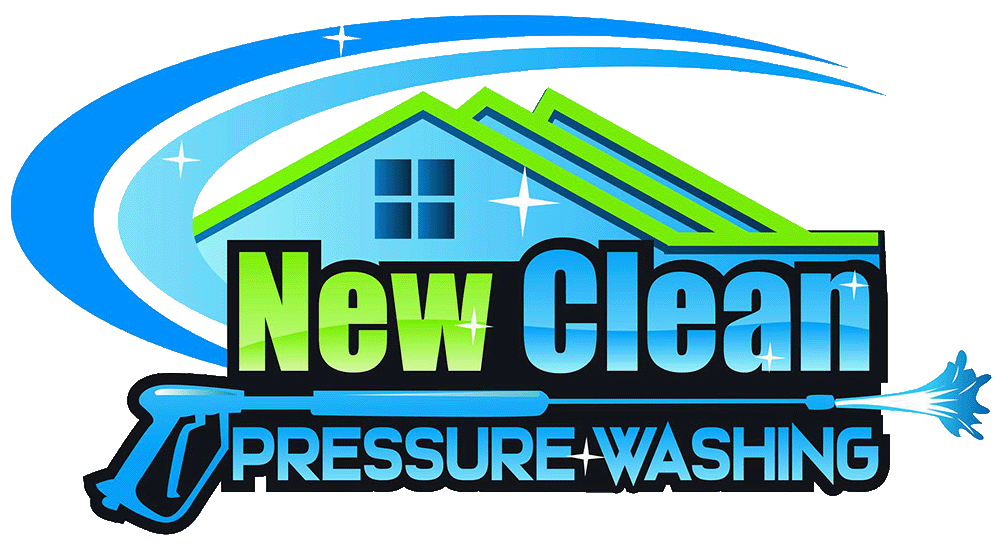Concrete is a versatile, durable, and aesthetically pleasing material commonly used in various construction applications, from driveways and sidewalks to patios and floors. Despite its robustness, concrete requires regular maintenance to remain clean, safe, and beautiful. This comprehensive guide delves into the importance of regular concrete maintenance and provides practical tips for ensuring your concrete surfaces look their best and last for years.
The Benefits of Regular Concrete Maintenance
1. Enhanced Durability
One of the primary benefits of maintaining your concrete surfaces is enhanced durability. Regular maintenance prevents minor issues from escalating into major problems. For example, sealing concrete surfaces protects them from water infiltration, which can lead to cracks and spalling. By addressing these issues early, you can extend the lifespan of your concrete significantly.
2. Improved Safety
Safety is a critical concern, especially for surfaces like driveways, sidewalks, and pool decks. Over time, concrete can develop cracks, uneven surfaces, and other hazards that pose a risk of tripping and falling. Regular inspections and timely repairs ensure that these potential hazards are promptly addressed, maintaining a safe environment for your family, guests, and pedestrians.
3. Aesthetic Appeal
Well-maintained concrete surfaces enhance the overall aesthetic appeal of your property. Regular cleaning, sealing, and occasional resurfacing can keep your concrete looking fresh and new. Stained or discolored concrete can be an eyesore, detracting from the beauty of your home or business. Maintenance practices like power washing and applying protective sealants can restore and preserve the appearance of your concrete surfaces.
4. Cost Savings
While regular maintenance requires an investment of time and resources, it can save you money in the long run. Neglecting concrete maintenance can lead to severe damage that necessitates costly repairs or replacements. By investing in routine upkeep, you can prevent expensive restoration projects and prolong the lifespan of your concrete.
5. Environmental Benefits
Maintaining your concrete surfaces also has environmental benefits. Well-sealed concrete reduces the risk of harmful substances seeping into the ground and contaminating water sources. Additionally, by extending the life of your concrete, you reduce the need for new materials and the associated environmental impact of manufacturing and transporting them.
Key Aspects of Concrete Maintenance
1. Cleaning
Regular cleaning is essential to keep concrete surfaces free from dirt, stains, and debris. Here are some effective cleaning methods:
- Sweeping and Washing: Regular sweeping and washing with water can remove loose dirt and debris. For more thorough cleaning, use a mild detergent and a stiff brush to scrub the surface.
- Power Washing: For stubborn stains and deep cleaning, power washing is an effective method. Be cautious with the pressure setting to avoid damaging the concrete.
- Chemical Cleaners: In cases of tough stains like oil, grease, or rust, specialized chemical cleaners can be used. Always follow the manufacturer’s instructions and take appropriate safety precautions.
2. Sealing
Sealing is a crucial step in protecting concrete surfaces from moisture, chemicals, and wear. Sealants create a barrier that prevents water and other substances from penetrating the concrete. There are different types of sealants available, including:
- Acrylic Sealers: These are easy to apply and provide a glossy finish. They are suitable for both indoor and outdoor use but may require more frequent reapplication.
- Epoxy Sealers: Epoxy sealers are highly durable and offer excellent protection against chemicals and abrasions. They are ideal for high-traffic areas.
- Penetrating Sealers: These sealers penetrate the concrete surface and provide long-lasting protection without altering the appearance of the concrete.
3. Crack Repair
Cracks in concrete are not only unsightly but can also lead to further damage if left unaddressed. Here’s how to handle crack repair:
- Small Cracks: For hairline cracks, use a concrete crack filler or a polymer-based repair material. Clean the crack thoroughly before applying the filler.
- Large Cracks: Larger cracks may require more extensive repair, such as using a concrete patching compound. Ensure the area is clean and dry before applying the patching material.
4. Resurfacing
Over time, concrete surfaces can become worn or damaged. Resurfacing is an effective way to restore the appearance and functionality of the concrete. The process involves applying a thin layer of a special resurfacing compound to the existing concrete. This can cover minor imperfections, improve the surface texture, and give the concrete a fresh look.
5. Joint Maintenance
Concrete expansion joints are designed to allow for movement and prevent cracking. Regular inspection and maintenance of these joints are essential to ensure they function properly:
- Cleaning Joints: Remove debris from the joints to prevent blockage and ensure they can expand and contract as needed.
- Re-caulking: Over time, the sealant in the joints may deteriorate. Re-caulking the joints with a flexible sealant can help maintain their effectiveness.
Seasonal Maintenance Tips
Concrete surfaces are exposed to various environmental conditions throughout the year. Adapting your maintenance routine to the seasons can help protect your concrete:
Spring
- Inspect for Damage: After the winter, inspect your concrete for any signs of damage caused by freezing and thawing cycles.
- Clean and Seal: Spring is an excellent time to clean your concrete surfaces and apply a fresh coat of sealant.
Summer
- Address Stains: Summer activities can lead to stains from barbecues, pool chemicals, and more. Promptly clean any spills to prevent staining.
- Prevent Overheating: On hot days, hose down your concrete to prevent overheating, which can lead to cracks.
Fall
- Leaf Removal: Falling leaves can stain concrete. Regularly sweep leaves and debris to keep your surfaces clean.
- Prepare for Winter: Apply a high-quality sealant to protect your concrete from the upcoming winter conditions.
Winter
- Avoid Deicers: Avoid using deicing chemicals on your concrete, as they can cause damage. Instead, use sand or kitty litter for traction.
- Shovel Carefully: Use a plastic shovel to clear snow and ice to avoid damaging the concrete surface.
The Role of Professional Maintenance Services
While many concrete maintenance tasks can be handled by homeowners, professional services offer several advantages. Our concrete expert friends at A.L. Blair provided us with the benefits of hiring an expert for your concrete maintenance service.
- Expertise: Professionals have the knowledge and experience to identify and address issues that may not be apparent to the untrained eye.
- Specialized Equipment: Professional maintenance services have access to specialized equipment and high-quality materials that ensure superior results.
- Time Savings: Hiring professionals frees up your time and ensures that the maintenance tasks are completed efficiently and effectively.
Conclusion
Regular concrete maintenance is essential to keep your surfaces clean, safe, and beautiful. By investing in routine cleaning, sealing, crack repair, and resurfacing, you can enhance the durability, safety, and aesthetic appeal of your concrete. Adapting your maintenance practices to the seasons and considering professional services can further ensure that your concrete remains in top condition. Remember, a little effort in maintenance today can save you significant time and money in the future, while also enhancing the value and beauty of your property.


